At the beginning of NEXUS, set in the 1970s in the alternative timeline of Roma Nova, Aurelia Mitela is filling in as interim London nuncia (ambassador). She has the connections, she knows how to navigate the diplomatic and political waters, she’s served in London before as political officer. The most dangerous thing is getting ‘volunteered’ to host a diplomatic corps family day in the big garden behind the Roma Nova legation.
London Roma Nova Legation
London in the Roma Nova timeline is a little different from our London… Roma Nova has had a legation there for several centuries, specifically up in the northwest corner of the original castrum or military fort of Londinium. And they expanded it by buying the unclaimed next door plot after the Great Fire of London in 1666. Being Romans, they maintained the wall and two towers on the boundary of the legation and when the developers in the late 1950s wanted to push an inner ring road through what was hallowed soil for Roma Nova, they said ‘no.’
So the City of London London Wall inner ring road in Aurelia’s timeline has to divert north of the old castrum line! I used to work in the City many years ago and often wondered how drilling through the old castrum had been allowed. Putting the Roma Nova legation there in NEXUS is my ‘revenge’!
Is there any trace today of the castrum?
Yes, but not much. The stone-built fort covered five acres (20,230 square metres). You can see from the inset map above that some of the street patterns reflect the layout of a typical Roman camp, e.g. Wood Street, but not quite. Little bits of fortress wall, sometimes reinforced in later times but before the modern era, pop up in between the modern sleek offices and the occasional older building that’s sometimes survived. Like medieval York, medieval and pre-Fire London, although preserving some of the footprint of thoroughfares, was more concerned with trade and growth than preserving old stones from a defunct past. Later walls were built up on the ruins of or along the line of the original Roman fortifications.
The Museum of London does an excellent job of re-imagining Roman London despite the relatively small amount of material it has to work with; I thoroughly enjoyed revisiting the Roman galleries. But how to get a feel of the fort? I traipsed round in and out of City buildings, green spaces, courtyards and gardens, none of which is very big and some of which you have to observe from behind locked gates. Here’s a selection of the results.
- Northwest bastion at corner of the Roman fort near St Giles Cripplegate; mostly later stonework on Roman foundations
- Once forming the northern entrance to the Roman fort, today the only remnants of Cripplegate is a small plaque honouring its long and eclectic history.
- {illegible} . . . St Alphage . . . . . . .ning parts of . . .Old Roman City Wall Closed by act of parliament. Laid out as a garden 1872. George Kemp MA – Rector William Smith, G. R. Tattershall – Churchwardens
- Part of wall and site of watchtower near St Giles Cripplegate
- Interior of northwest bastion at corner of the Roman fort near St Giles Cripplegate; mostly later stonework on Roman foundations
- This tower in the garden behind the Museum of London marks the south west corner of the old Roman fort
Marina’s school
Now this school is fictional and absolutely nothing to do with the real very respectable and highly successful independent girls’ school located north of the castrum wall. Marina’s school lies a short way away from the legation, and was founded for daughters of artisans and merchants initially in the late 1700s (earlier than in our timeline!). Funded by the guilds and companies in London for the next two and a half centuries, it charges no fees. The only criterion is to live within the walls of London. When Marina attends, it’s a mix of girls born there and those from international families whose parents have moved there either temporarily or permanently, mostly for work reasons.
- Marina’s school?
- The little bridge
- School playing field
City Police
This force in NEXUS parallels the real City of London Police which is separate from the rest of London law enforcement, the Metropolitan Police, informally called ‘the Met’. Policing in the City of London has existed since Roman times and Wood Street police station, the headquarters of the City of London Police, is built on part of the site of the Roman castrum.
From the medieval period, policing in the City was divided between day and night City Watches under the two sheriffs (Shades of the vigiles under tribunes). Responsibilities were shared with the aldermen’s officers – the ward beadles – who are now purely ceremonial. In 1838, the Day Police and Night Watch were merged into a single organisation. The City of London Police Act 1839 gave statutory approval to the force as an independent police body, heading off attempts to merge it with the Metropolitan Police.
And in London, we also have what Aurelia calls the British Foreign Ministry (or Foreign Office), and the genial but tragic Harry Carter, one of its rising stars who becomes Aurelia’s long-term friend. NEXUS is the story of how this came about and why he helped her in RETALIO. But that’s another story!
————
NEXUS now out! Ebook link Paperback
Read about how this London setting is essential to the story of great evil and great courage.
———–
Alison Morton is the author of Roma Nova thrillers – INCEPTIO, CARINA (novella), PERFIDITAS, SUCCESSIO, AURELIA, NEXUS (novella), INSURRECTIO and RETALIO, and ROMA NOVA EXTRA, a collection of short stories. Audiobooks are available for four of the series. Double Identity, a contemporary conspiracy, starts a new series of thrillers. Double Pursuit, the sequel, is now out!
Download ‘Welcome to Alison Morton’s Thriller Worlds’, a FREE eBook, as a thank you gift when you sign up to Alison’s monthly email update. You’ll also be among the first to know about news and book progress before everybody else, and take part in giveaways.





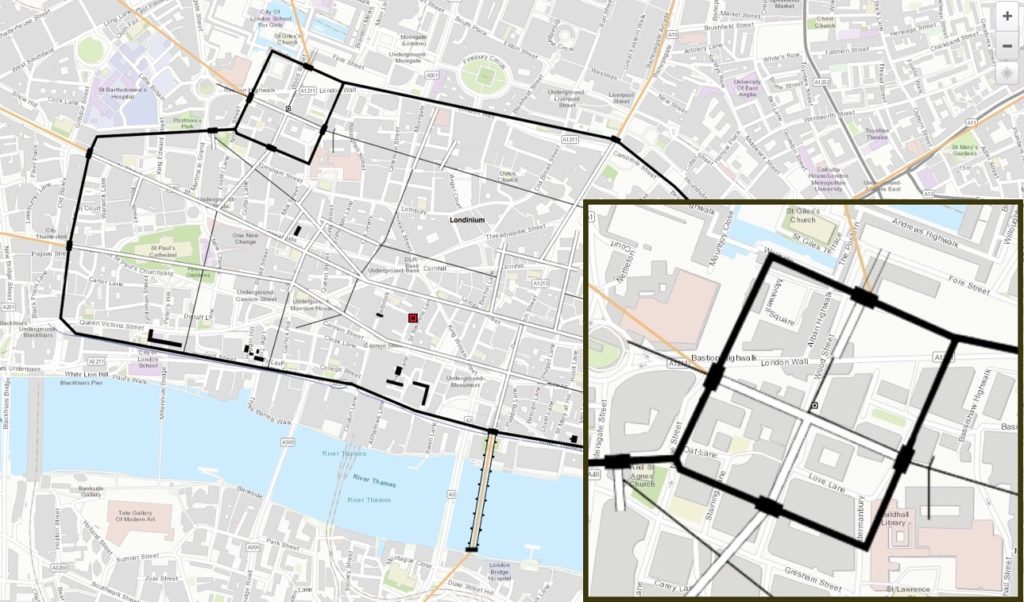
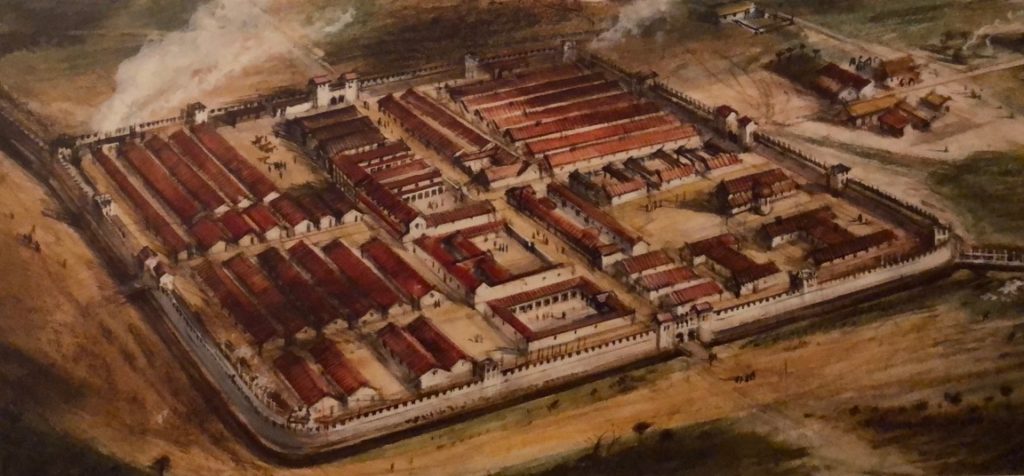
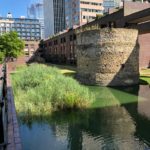
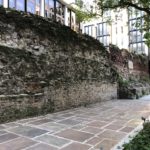
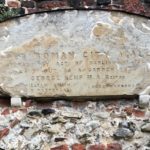
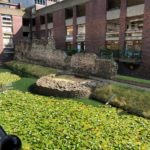
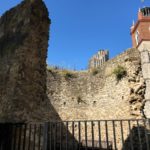
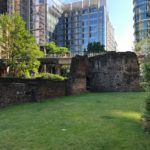
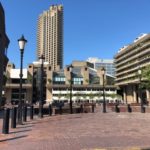
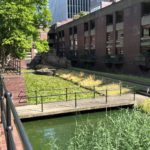
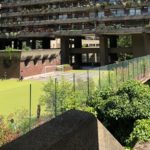









I’ve said this before in my review, but you really “got” the London setting so well, that I felt like I was there. A rare case of “write what you know” actually being valid.
It was fun re-tracing my old haunts, but they’ve redeveloped quite a bit of the City. The Roman ruins were still where they were, of course!